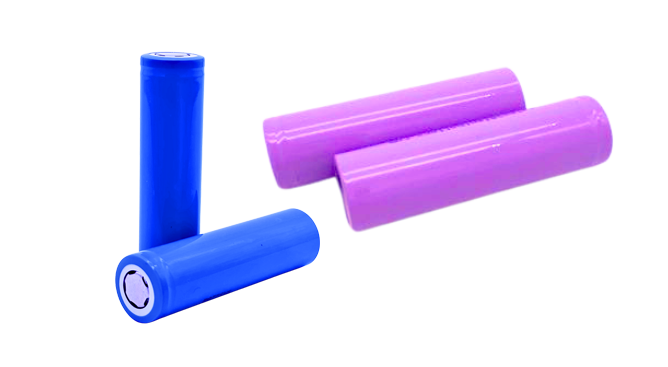What is the repair principle of
18650 lithium-ion batteries?
Repair principle one: The metal surface of lithium-ion batteries that have been used for a long time will oxidize to a certain extent, causing poor contact between the phone battery and the phone, and shortening the use time of lithium-ion batteries. However, using a rubber eraser or other cleaning tools can erase the rust on the surface and improve the contact between the battery and the phone.
Repair principle 2: Low temperature can cause changes in the electrolyte inside lithium-ion batteries, promoting chemical reactions in batteries that have just been frozen. The use of lithium-ion batteries is actually a process of charging and discharging. During this period, the negative and positive charges inside the battery collide with each other. The reason why batteries are becoming increasingly useless is that at normal room temperature, the kinetic energy inside electrons is relatively high, so the battery is in an active state and leakage is relatively frequent. When lithium-ion batteries are placed in a low-temperature environment, the microstructure of the lithium film and electrolyte on the surface of the lithium-ion battery, as well as their interface, will undergo significant changes, resulting in temporary inactivity inside the battery and reduced leakage current. So after recharging, the phone's battery life will increase.

The cycle life of lithium-ion batteries is about 600 times. If the number of charges is increased, the thermal motion of molecules will gradually destroy the microstructure of their internal molecular arrangement, and the efficiency of storing charges will gradually decrease. The freezing process can easily damage the original internal structure of the battery, which may increase its ability to charge in a short period of time, but long-term use may not be effective., Once the microstructure inside a
lithium-ion battery is damaged, it is impossible to completely restore it. Long term use of this method will accelerate the wear and tear of mobile phone batteries.
Repair principle three: Deep discharge of the phone is achieved by depleting the internal electrical energy to achieve a deeper level of recharging, which requires some unconventional methods. Find a way to connect the phone to a 1.5V small light bulb, and the internal power of the lithium-ion battery will be transferred to the small light bulb until it is completely lit up. Mobile phones need to gradually deplete their power through lower voltage. Under normal circumstances, if the rated voltage of the phone is lower than 3.6 volts after being connected, it will automatically shut down. After discharging, the phone battery that is recharged can last longer.
Repair methods for 18650 lithium-ion batteries
1. After using up all your batteries, take them off and treat them with temperature. In unstable temperature conditions, batteries will greatly shorten their usage time because they have no electricity and a considerable amount of lithium ions already carry memory charge. This method can release some of the memory charge. When winter comes, leave them outside for a while and then go inside.
2. Another method is to remove the battery, let it sit for about a week, and slowly consume the electricity. First, use the machine to completely consume the electricity. Then fully charge again. It is estimated that your current charging time must be very short. After fully charging, disconnect and recharge again, repeat several times, and it will definitely be effective.
